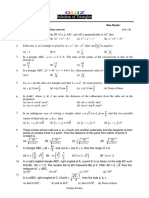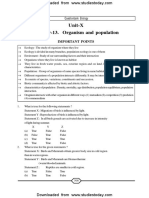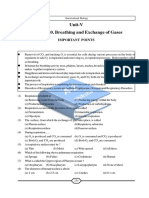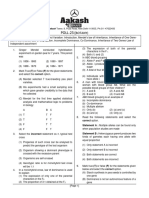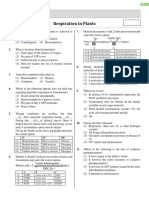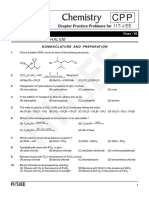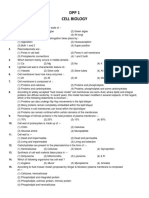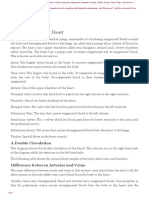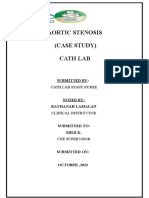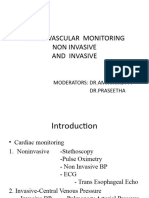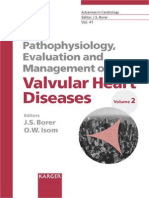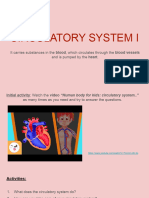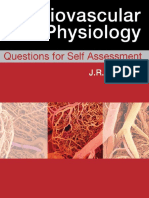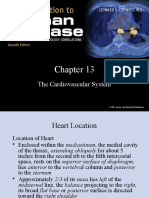0% found this document useful (0 votes)
8 views11 pagesNpp4body Fluid 1 1754406474343
Uploaded by
kritikritika987Copyright
© © All Rights Reserved
We take content rights seriously. If you suspect this is your content, claim it here.
Available Formats
Download as PDF, TXT or read online on Scribd
0% found this document useful (0 votes)
8 views11 pagesNpp4body Fluid 1 1754406474343
Uploaded by
kritikritika987Copyright
© © All Rights Reserved
We take content rights seriously. If you suspect this is your content, claim it here.
Available Formats
Download as PDF, TXT or read online on Scribd
/ 11
























